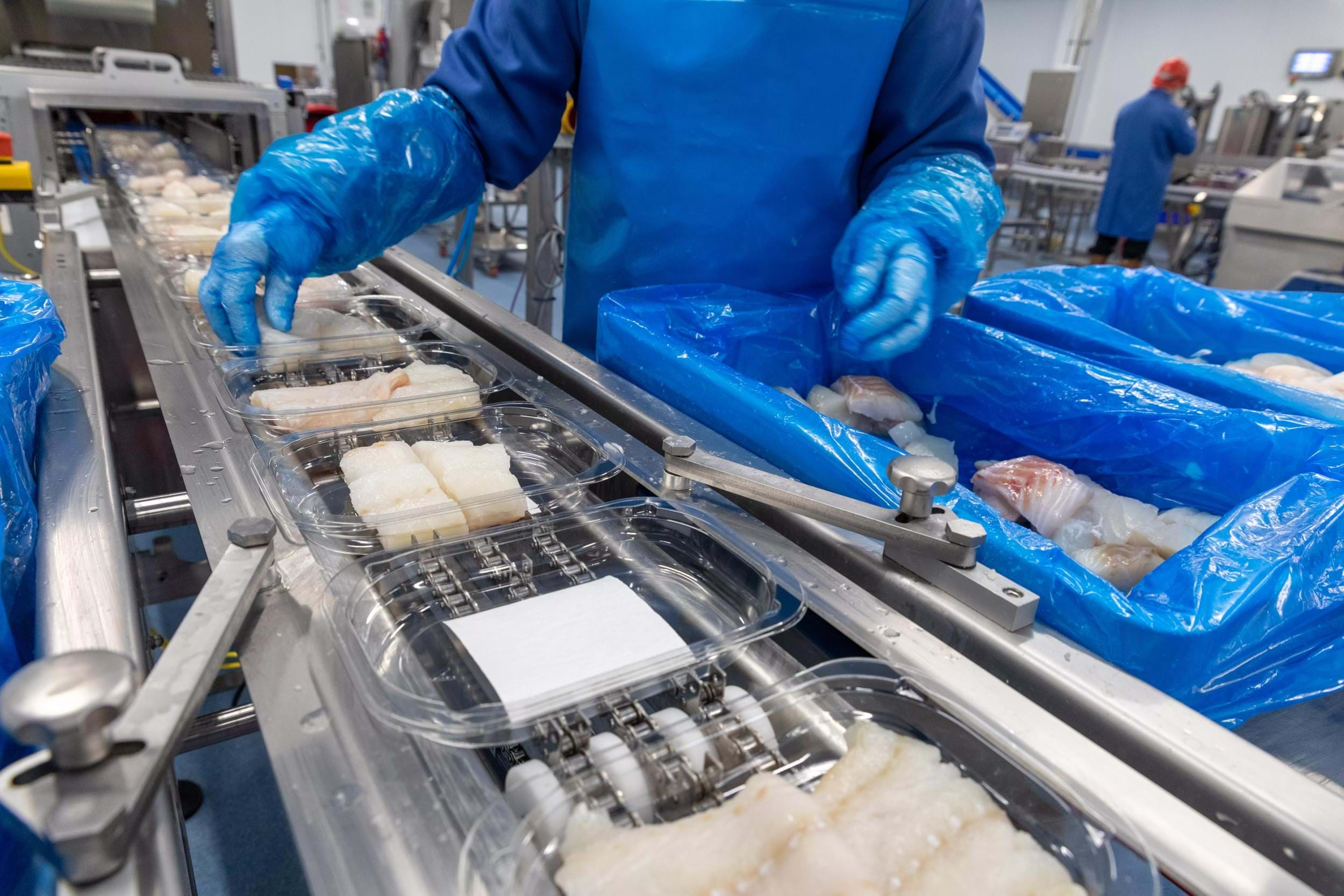10 questions answered about Extended Producer Responsibility
Extended Producer Responsibility (EPR) for packaging changes how seafood businesses responsible for packaging must carry out their recycling responsibilities. It’s fair to say that the requirements have prompted a lot of questions across the sector.
At Seafish, we seek to make the complex simple for our stakeholders – which is why we’ve produced this handy summary answering 10 qustions you may have about EPR.
1. Does EPR apply to my business?
EPR applies to any seafood business which meets all three of these criteria:
- it has an annual turnover of over £1 million,
- it was responsible for over 25 tonnes of packaging in 2022,
- and it carries out any of the ‘packaging activities’.
2. What is included in EPR?
Packaging activities include supplying packaged goods to the UK market under your own brand, placing goods into packaging that’s unbranded when it’s supplied to you, importing packaged products, and loaning out reusable packaging. If the packaging is branded by the supplier with their brand, they are responsible for the packaging as the brand-owner.
However, if the packaging is branded by the supplier with your brand, and you then use that packaging to supply packaged goods to the UK market, you have carried out a packaging activity.
For reusable packaging such as reusable fish crates, the provider of the packaging is the responsible business in this situation and must report all packaging when first used. Subsequent reuses of the same packaging would not be in scope of the reporting requirements, unless it is being imported.
If it is being imported, the packaging must always be reported, irrespective of whether it is on its first use or subsequent reuse.
3. I transfer packaged goods, where do I sit in EPR?
Transferring packaged goods to another manufacturer for added-value processes is classed as ‘supplying packaged goods to the UK market’.
If a product is transferred from one UK business (A) to another (B), removed from its packaging and repackaged then the packaging has been supplied to the UK market from A to B.
If business A (in this scenario) transfers the product under its own brand, it has carried out a packaging activity that may mean it needs to act in relation to EPR.
4. What's the definition of a brand in EPR?
A brand includes a name, trademark or distinguishing mark.
For purposes of these requirements, a distinguishing mark could simply be the establishment approval number.

5. What are the responsibilities for my business?
EPR involves a suite of responsibilities related to packaging including collecting and reporting data on the packaging you supply and import and paying a charge to the environmental regulator.
The specific set of responsibilities that applies to a business depends on whether it’s classed as large or small. Further information about how this is defined is available on the Government website:
6. When do I need to submit data?
Producer payments under EPR are delayed until October 2025. However, data reporting has already started.
Large organisations needed to report data for the period January to June 2023 before 1 October 2023. Small organisations in scope need to report their first round of data by 1 April 2024.
The English and Scottish regulators have confirmed that they will take no enforcement action as long as organisations submit packaging data by 31 May 2024. The fees from October 2025 will vary depending on the materials that you report. Most of the fees paid by producers will be distributed back to local authorities.
7. What data needs to be reported?
The data reporting requires businesses to separate their packaging into primary, secondary and tertiary forms.
The definitions of these are available on the Government website. Businesses may also need to report information about which UK nation packaging is supplied and discarded in.
8. Are there not similar regulations in force already?
In 2024, the 2007 Packaging Waste Regulations and the 2023 data reporting requirements will run in parallel.
So, producers will have to ‘double report’ – once under EPR and once under the pre-existing packaging waste regs. At the end of 2024, the 2007 Packaging Waste Regulations will be fully replaced by the 2023 Data Regulations.
9. Does EPR cover exported packaging?
Exported packaging is exempt from the requirements.
Where packaging is exported, it does not need to be reported. If a business was responsible for 40 tonnes of packaging in 2022 but 16 of these were exported, it would fall beneath the 25-tonne threshold and be outside of scope. If packaging has not yet been exported but will be in the future, there is no facility through which a business can defer producer payments on the packaging.
However, this scenario should not create anomalies, as reporting and payments occur on a retrospective basis. For example, the data to be reported in April 2024 is the packaging that has been supplied between July and December 2023. Producers must be able to evidence where packaging has been exported.
10. My products are exported via Northern Ireland, does EPR still apply?
Packaging supplied to the Northern Ireland market under the Red Lane, and then exported to the EU, is in scope.
This is because the supply of packaging to the Northern Ireland market is classed as an intra-UK transaction. So, the UK’s EPR regime applies to this even if the packaging will be subject to EPR charges from the importing EU country.
Get in touch
Please email regulation@seafish.co.uk with any questions or feedback about the requirements.